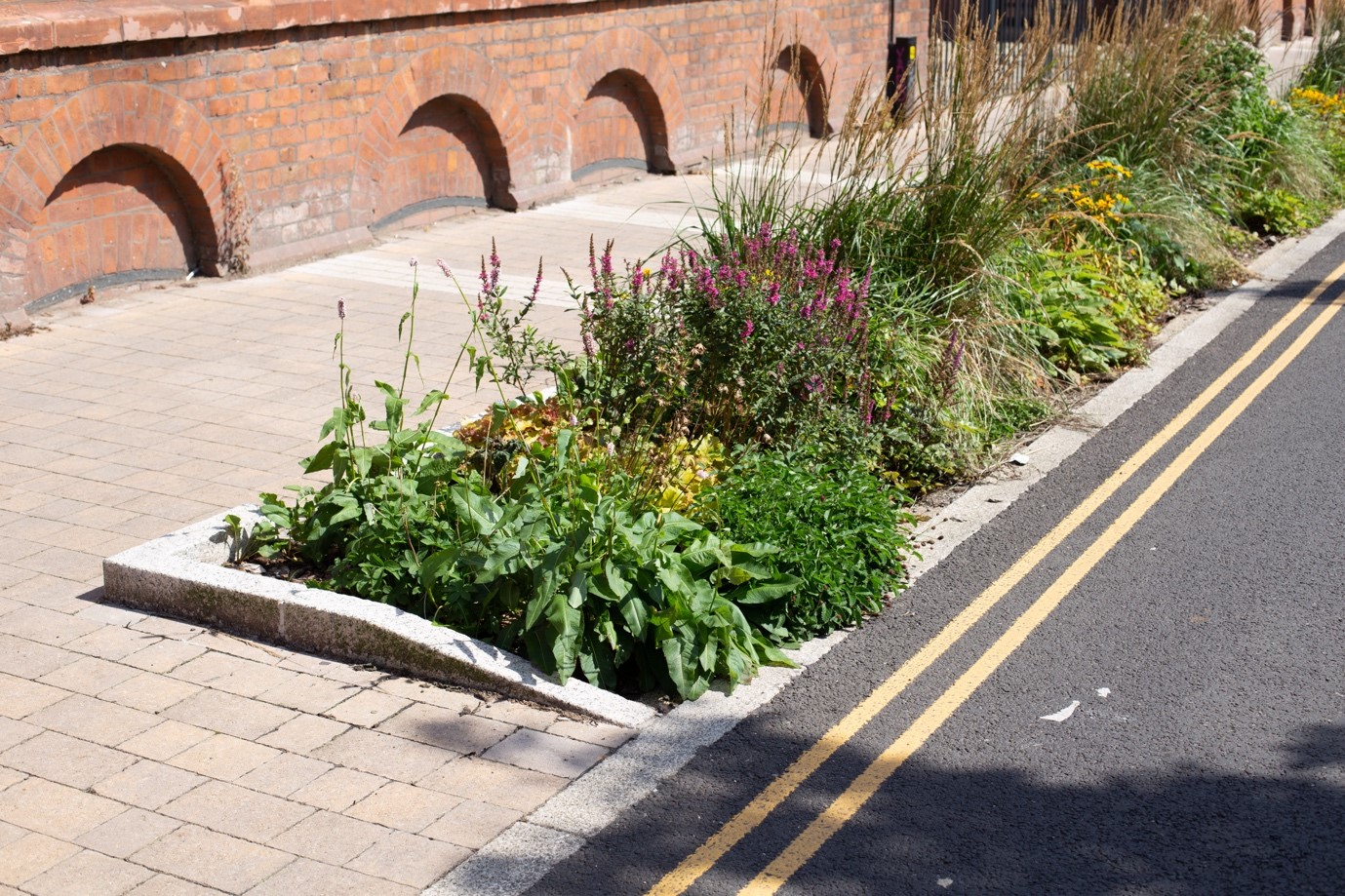

With flood events seemingly more regular, Rob Butcher, Design Services Manager at ACO, explains how Sustainable Drainage Systems (SuDS) can mitigate such events – but there are also other factors to consider.
Join other savvy professionals just like you at CIHT. We are committed to fulfilling your professional development needs throughout your career
By Rob Butcher, in conversation with Craig Thomas
Our failing resilience to flood events can’t only be explained by climate change. We also have to consider how existing systems are looked after, because a drainage network is only as good as its maintenance.
Older drainage networks in the UK often have combined sewers, where foul and surface water all go through the same set of pipes: to restrict that, we need more infrastructure to separate them.
Climate change does indicate that we're getting warmer winters, which means that water falls as rain, not snow, which rushes off the surface of the ground [and roads] straight away. Snow hangs around for a bit longer before melting and then discharging away slowly.
SuDS [are helping by] trying to replicate the natural flow of water, typically taking a route that directs the water either through a circuit or by infiltration back into the ground.
That infiltration can be via an attenuation tank below a hard-standing surface, or draining into a pond, swale or substrate. However, the ground must already be accepting or able to accept the water back into it.
Where existing groundwater levels are already high, water is less able to flow back into the ground because there's no space for it. That's where overland flows can occur, which could cause flooding.
SuDS is trying to mitigate those risks by being as natural as possible and return that water back to the ground. Alternatively, we can store it at ground level and allow some of it to evaporate back to the atmosphere or use it for watering plants.
Another option may be to store water for reuse in a grey water installation on buildings, for vehicle washing or other uses where you don't need potable water.
Rainwater is suitable for many applications that don’t need water to be treated before being reused. We could store rainwater, rather than letting it go back into the ground, and then either reuse it in a building, or wait until there's a dry spell. You can [then] allow it to drain away slowly before the next storm hits.
We also need to carefully consider all the effects of new building developments, including the impacts of any flooding. When planning permission is sought, the effects of flooding are looked at, but their full economic cost are often underestimated. We need to look again at the planning controls in place and how they’re enforced.
It seems as if some areas appear to accept building on a flood plain where locals know that a site that has always historically flooded when the river rose.
That's a good indication that perhaps it's not the best place to build a new development – no matter what mitigation features are put in place. Mitigation features may only work while the ground is accepting water: as soon as the water table becomes saturated, you've lost any potential storage for surface water from that development.
All these sustainable drainage features must be considered at the planning stages of any development – but the planning authorities also need to have the powers, and knowledge, to deny unsuitable developments.
Main image: Roadside sustainable drainage systems in Salford; credit: Shutterstock

Main image: Roadside sustainable drainage systems in Salford; credit: Shutterstock
Join other savvy professionals just like you at CIHT. We are committed to fulfilling your professional development needs throughout your career
Sign up to the APM Newsletter.
{{item.AuthorName}} {{item.AuthorName}} says on {{item.DateFormattedString}}: